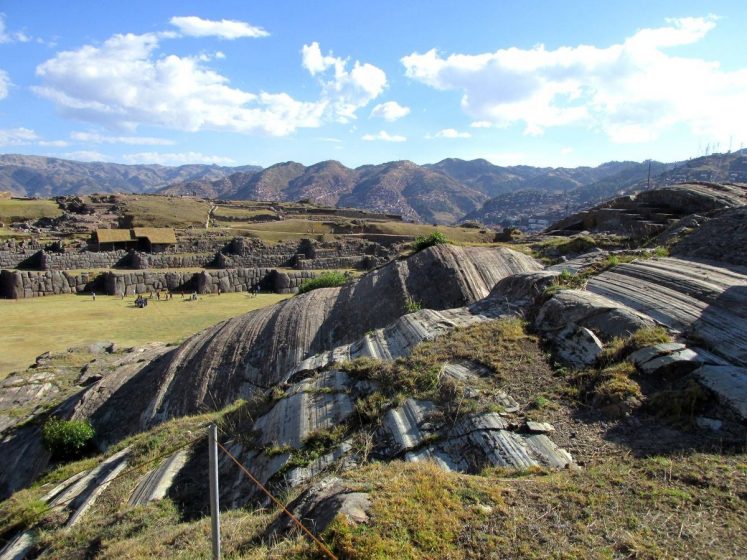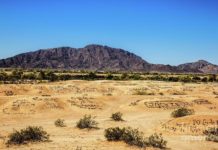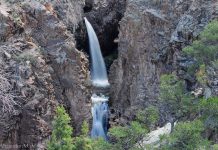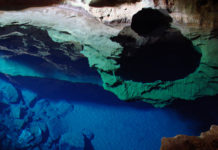Rodadero Slides, is a huge rock formation across from the impressive Inca citadel of Sacsayhuamán, where the Incas carved benches, altars, steps, and many other ceremonial features. It is a sparkling diorite rock outcrop, situated directly across from the Cyclopean in the northeastern Suchuna sector of the archaeological park. It was built by the Killke culture and served as both a military and ceremonial complex with massive zigzag walls. and you’ll come to the Rodadero Slides, also known as the Suchuna.
These are man-made, natural slides that undulate their way down the hill. Geographically, the formation of diorite igneous rock emerged by modulating its surface with bulges and stretch marks in the shape of slides. The children of the Inca and their descendants have played for hundreds of years.
Rodadero Slides natural hillside playground, which looks like a massive glittering greenish-white oyster shell, scampers up the sides to slide down the glass-smooth ruts. The well-polished slides are an odd, incongruous sight among the straight lines of monumental Inca architecture. However, it was erratic with Sacsay Huamán’s general vibe of military power and somber ceremony.
The Rodadero Slides were documented by a few innovative archaeologists in the 19th century. It is said that the Inca youth entertained themselves by coursing through these polished grooves on festival days. That was a custom that the youth of Cuzco have not allowed to fall into disuse. In Spanish and Quechua, respectively, Rodadero and Suchuna mean “slide.” The names refer to a series of smooth rock channels that run down one section of the hill.
A smooth-rolling stone, served as a diversion for the inhabitants, by rolling like a garden roller, with a sort of hollow formed in the middle through friction. So, be sure to wear long jeans/pants and enjoy the smooth stone slide of the Inca. Moreover, according to Moores and Wahl in The Art of Geology, there are three theories that have been advanced to explain the formation of the “toboggan slide”: glacial, volcanic, and structural.
Most likely, the grooves formed when blocks of rock moved past each other along a fault. The hill may be the polished surface of an almost flat fault. That polishing was expected to continue for at least the last few centuries, humankind’s propensity for sliding things down.





Also, Read Maletsunyane Falls! An Awesome Natural phenomenon
Source: Fertur Travel ! Atlas Obscura







